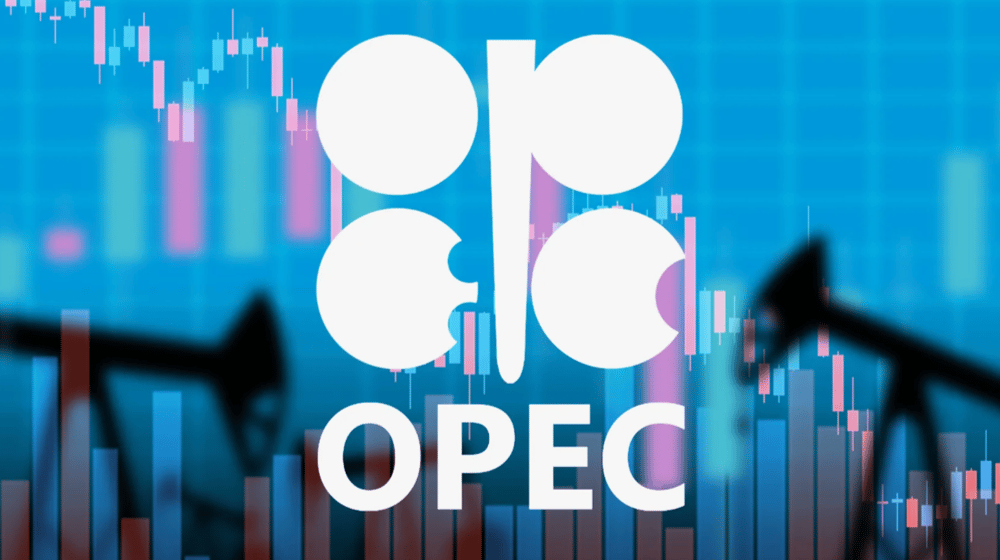

On Tuesday, oil prices experienced a more than 1% increase, bouncing back after a sharp decline in the previous session. The uptick in prices followed a technical rebound and buying activity on dips, triggered by concerns over OPEC+'s decision to accelerate production increases. This decision, made over the weekend, has led to fears of an oversupply in the global oil market, pushing both Brent crude and West Texas Intermediate (WTI) prices to their lowest levels since February 2021. The market’s reaction to these changes continues to raise questions about the future direction of oil prices amid growing concerns about supply-demand imbalances.
OPEC+ made headlines this week when it decided to accelerate its oil production increases. This decision, which came as part of the group's ongoing efforts to balance the global oil market, has sent shockwaves through the industry, driving down prices on Monday.

Key Aspects of OPEC+'s Decision:
Accelerating Output Increases OPEC+ has agreed to raise oil production for the second consecutive month. The move is aimed at addressing the recovering demand for oil as economies continue to emerge from the pandemic, but it also raises concerns about oversupply.
Market Reactions Following the decision, both Brent and WTI benchmark prices plummeted to their lowest levels since February 2021. Investors quickly reacted to the news, fearing that increased production could lead to a glut in the market.
Influence on Prices Despite the drop in prices, the technical rebound on Tuesday suggests that traders remain hopeful that the market will find a balance in the near term. However, the price surge may be short-lived unless demand picks up significantly.
Oil prices rebounded on Tuesday, recovering part of the losses incurred on Monday. By 03:09 GMT, Brent crude futures rose by 92 cents to $61.15 per barrel, while U.S. West Texas Intermediate (WTI) futures gained 89 cents, reaching $58.02 per barrel. Despite this short-term recovery, the overall outlook remains uncertain.
Factors Driving the Price Rebound:
Technical Rebound After a significant drop in prices, oil futures saw a technical correction as traders took advantage of lower prices to buy back into the market.
Buying on the Dip Investor sentiment played a key role in Tuesday’s recovery, as many saw the price drop as an opportunity to purchase oil at lower levels.
Concerns Over Demand vs. Supply Despite the price rebound, concerns remain about the long-term impact of rising production levels on the balance of global oil supply and demand.

The central issue facing the oil market in the wake of OPEC+’s decision to increase production is the potential for oversupply. While demand for oil is recovering, particularly in Asia and Europe, the ongoing supply increases could outpace this growth. This situation has prompted concerns about the ability of the market to absorb the added supply, which could push prices lower once again.
Key Concerns for the Oil Market:
Oversupply Risks The primary concern is that the continued ramp-up of oil production, especially as demand recovers slowly, could lead to a situation where supply outstrips demand, further driving down prices.
Demand Uncertainty Although oil demand has improved, particularly in Asia, there are still uncertainties surrounding the pace of recovery in key markets, including Europe and North America.
Geopolitical Risks Ongoing geopolitical tensions, particularly in major oil-producing regions, could disrupt supply chains and add volatility to the market, complicating OPEC+'s efforts to stabilize prices.
The rebound in oil prices on Tuesday offers a glimmer of optimism in an otherwise volatile market. However, the impact of OPEC+'s decision to accelerate production increases remains a significant concern, as oversupply risks continue to loom large. As the market reacts to these changes, both short-term and long-term price movements will depend on the interplay between demand recovery and production increases.
For now, the oil market remains in a delicate balance, with prices showing signs of recovery but facing significant headwinds from OPEC+ actions, global supply chain disruptions, and geopolitical factors. The next few months will be critical in determining whether oil prices can stabilize or whether they will continue to face downward pressure.
This transaction could signal a monumental shift in the tech industry's approach to automation
This sale could signal transformative changes in the tech industry's approach to automation